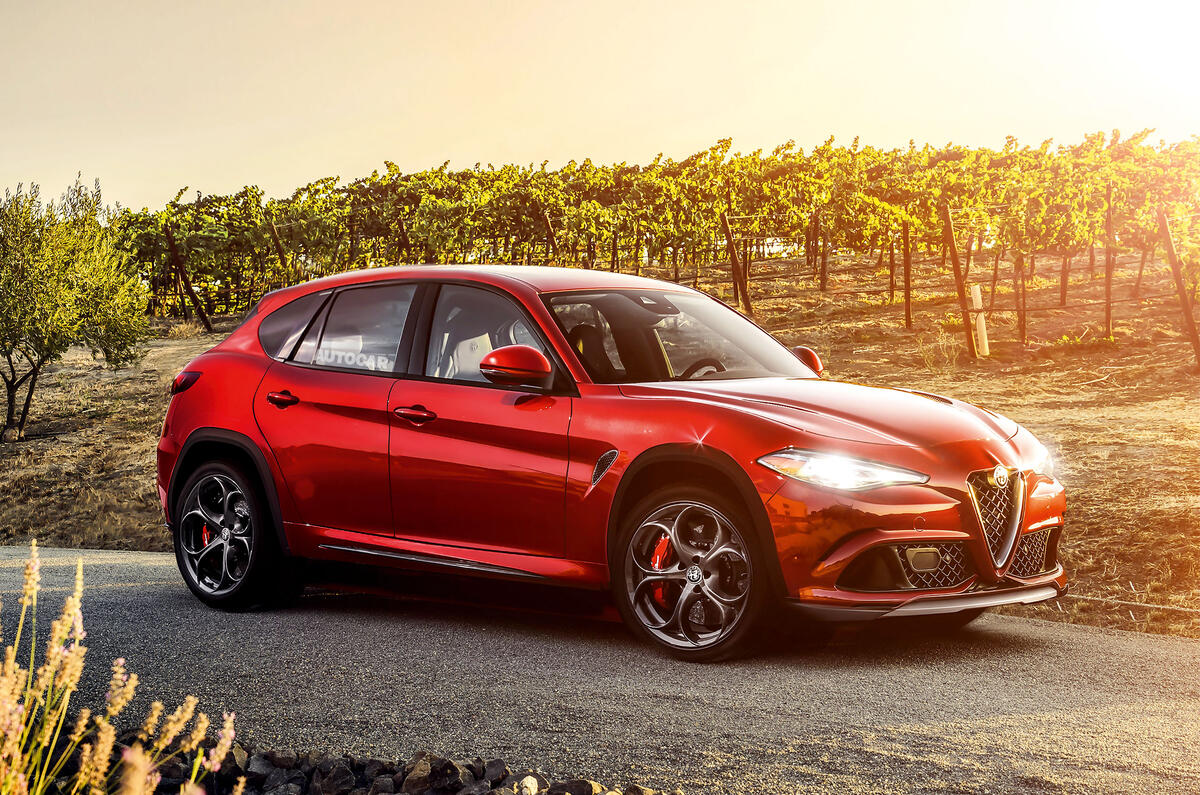There's good reason for optimism about the handling prowess of Alfa’s top-of-the-range Stelvio. Adopting the Giulia’s primarily rear-driven platform ought to give the car the handling balance to rival a Porsche Macan or Jaguar F-Pace, and the company has already shown it can put that platform to good use in the Giulia Quadrifoglio, which we drove in last week’s issue. Few performance saloons have the precision, poise and adjustability of the range-topping Giulia.
See the official reveal pictures and read the full story of the new Alfa Romeo Stelvio SUV here
My reservations are about how well the Cloverleaf’s twin-turbo V6 engine will handle the additional mass of the Stelvio and whether Alfa’s well-established penchant for direct steering can be translated onto a tall 4x4.
View the latest spy pictures of Alfa Romeo's Stelvio here.
Despite its twin turbochargers, the 2.9-litre V6 engine from the Giulia Cloverleaf isn’t the torquiest on the block. It remains to be seen how much the Stelvio will weigh, of course — and on the basis of the Giulia, we can expect it to be relatively light for a mid-sized 4x4 — but adding much to the Giulia Cloverleaf’s 1600kg certainly won’t make the car’s 443lb ft feel any more muscular in the lower half of the rev range.
It’s also pretty plain that if Alfa tries to give the Stelvio the same darty front axle as the Giulia, either the handling or the ride will suffer. The best-handling sports SUVs offer handling dynamism with a pleasing lightness of touch. The less good fall down out of a stubborn refusal to accept the inherent compromise of a high roll axis. Alfa needs to recognise that how fast the Stelvio goes is probably less important than how it goes fast.








Join the debate
Add your comment
Great success with the Guilia?
Who cares?
Autocar Bias...
I always struggle to remember if Autocar has to be bias towards JLR or VW Group, such are the commenters posts.
Looks and hopefully will be a decent car though, and if Autocar gets it wrong, just buy what you feel like anyway.